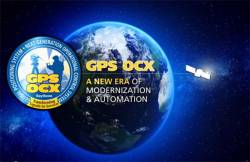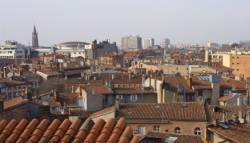RIN Event: The Future of GNSS
The Royal Institute of Navigation will host a one-day event on The Future of GNSS with speaker Prof. Terry Moore on April 21, 2016 at the Warsash Maritime Academy in Southampton, England.
The speaker will outline the future of GNNS and its systems, anticipated changes and the impact of these developments.
This meeting which is joint with the NI and UK Hydro Society will be followed by the RIN Solent branch AGM.
This event is free. Prior booking not required, guests are welcome.
By Inside GNSS


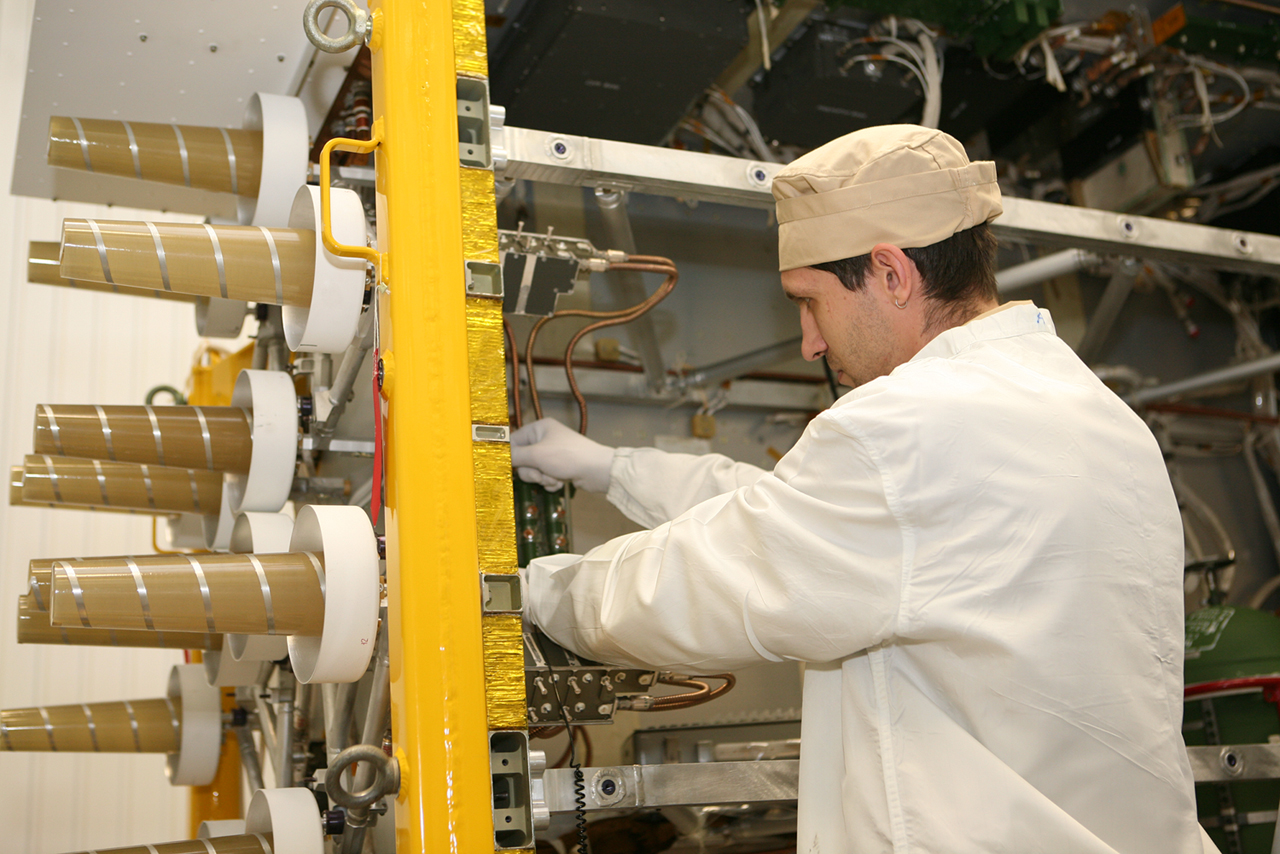
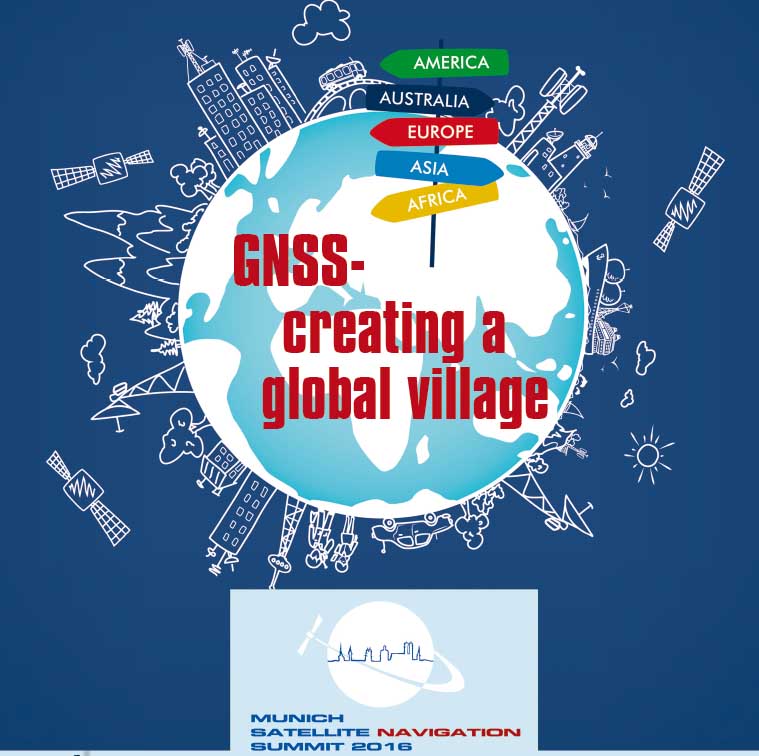
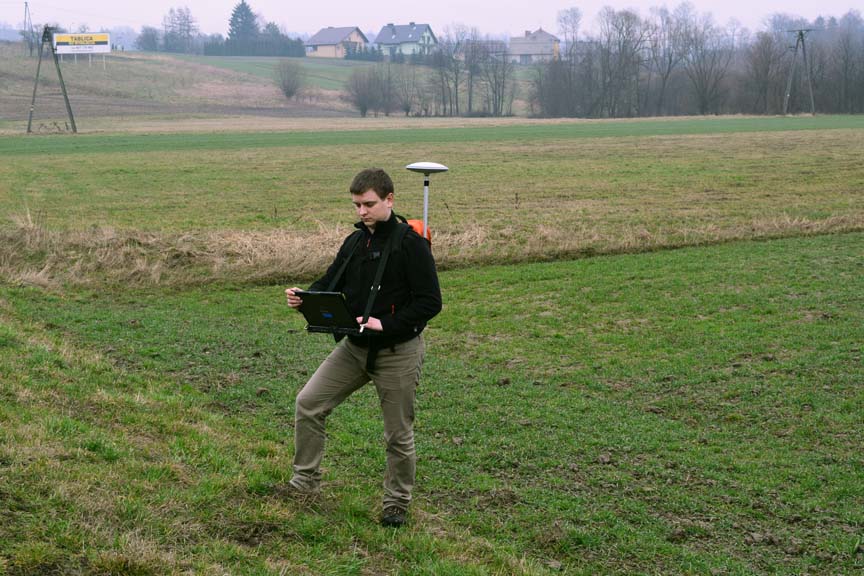


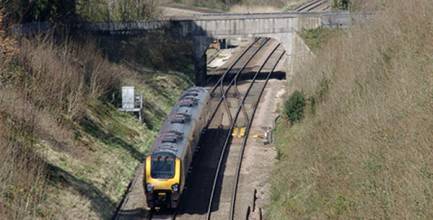
NEO-M8P.jpg)
